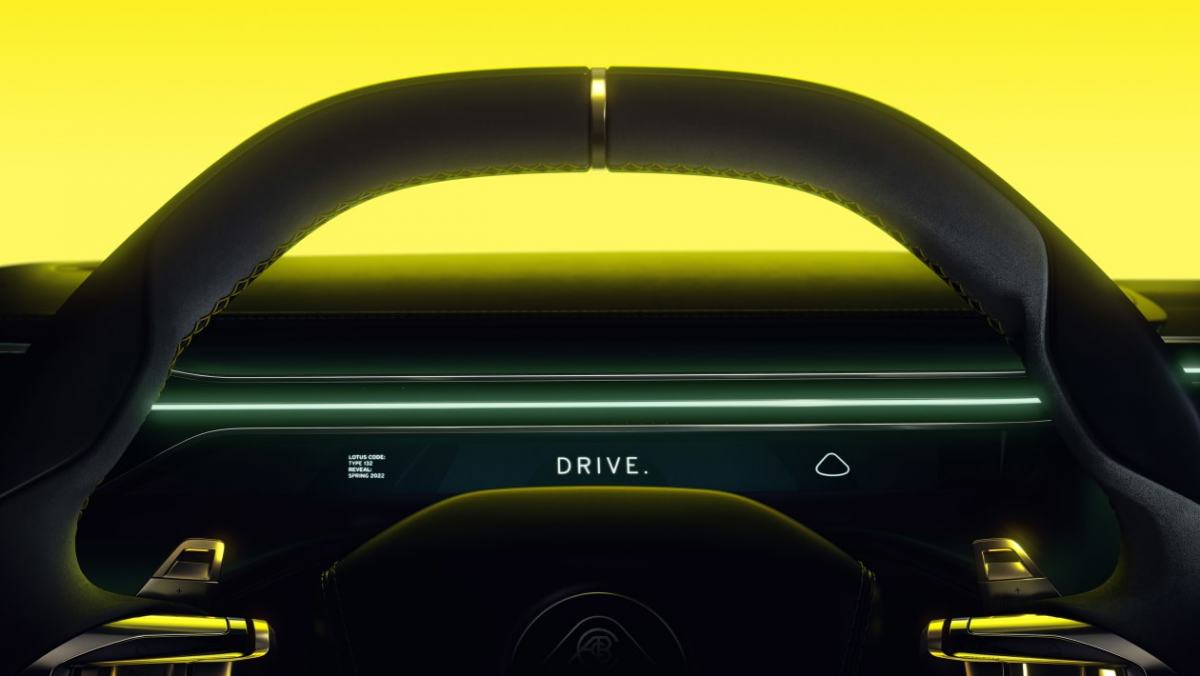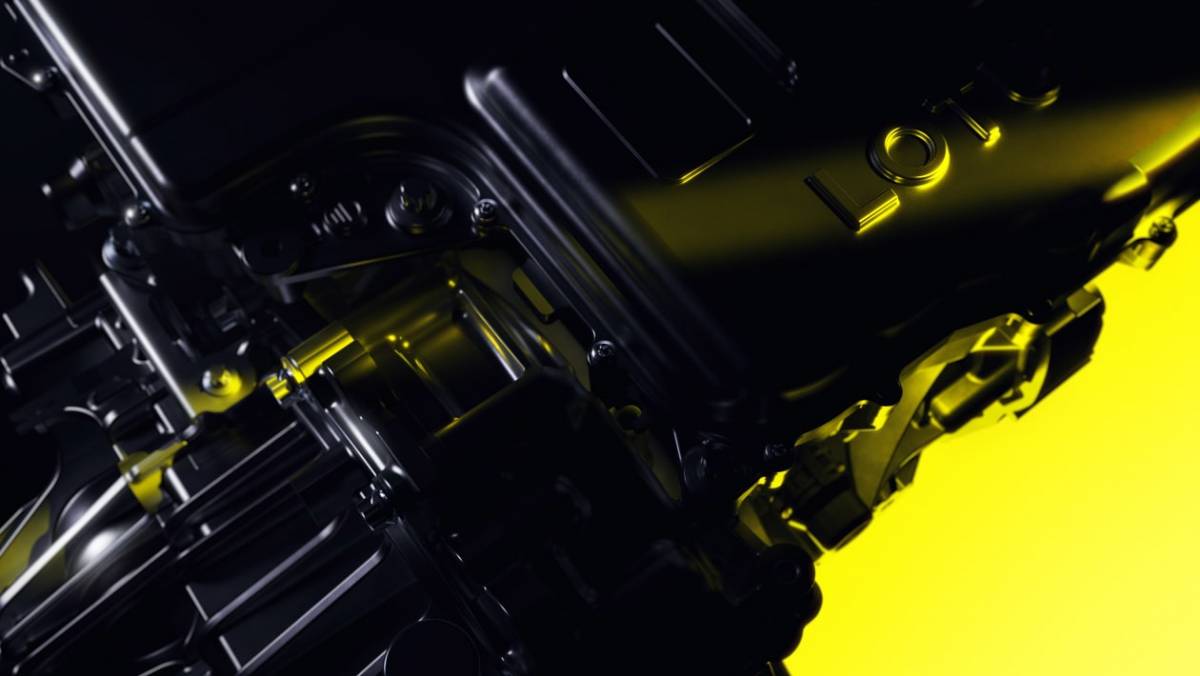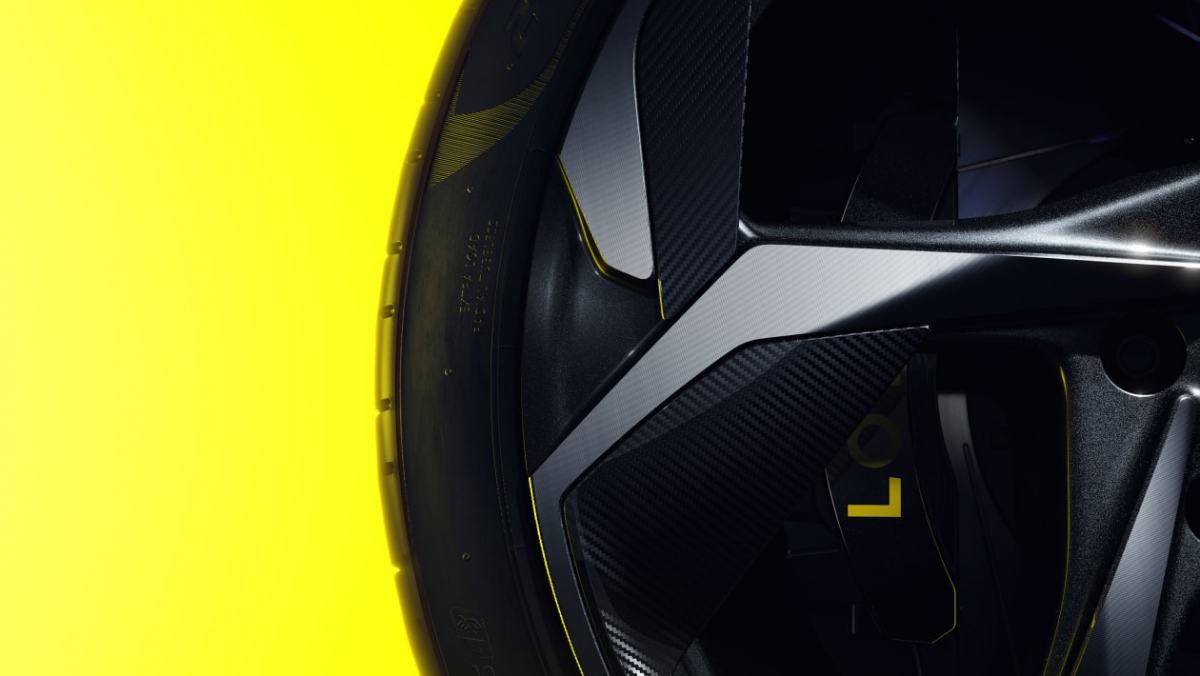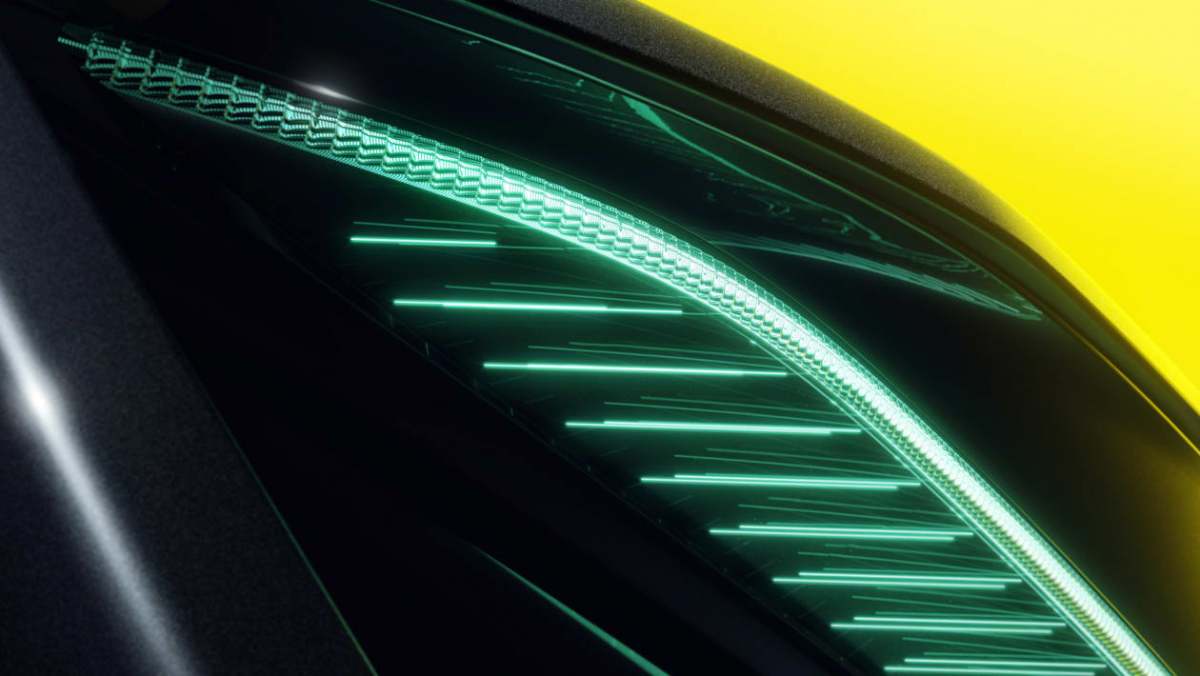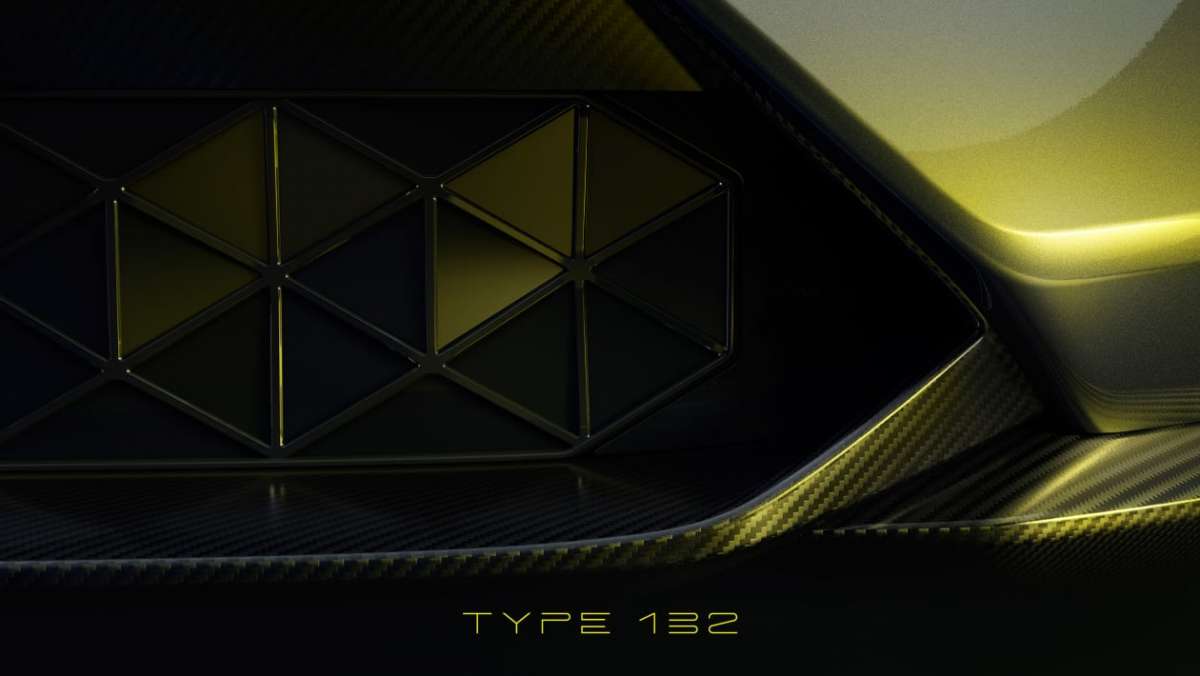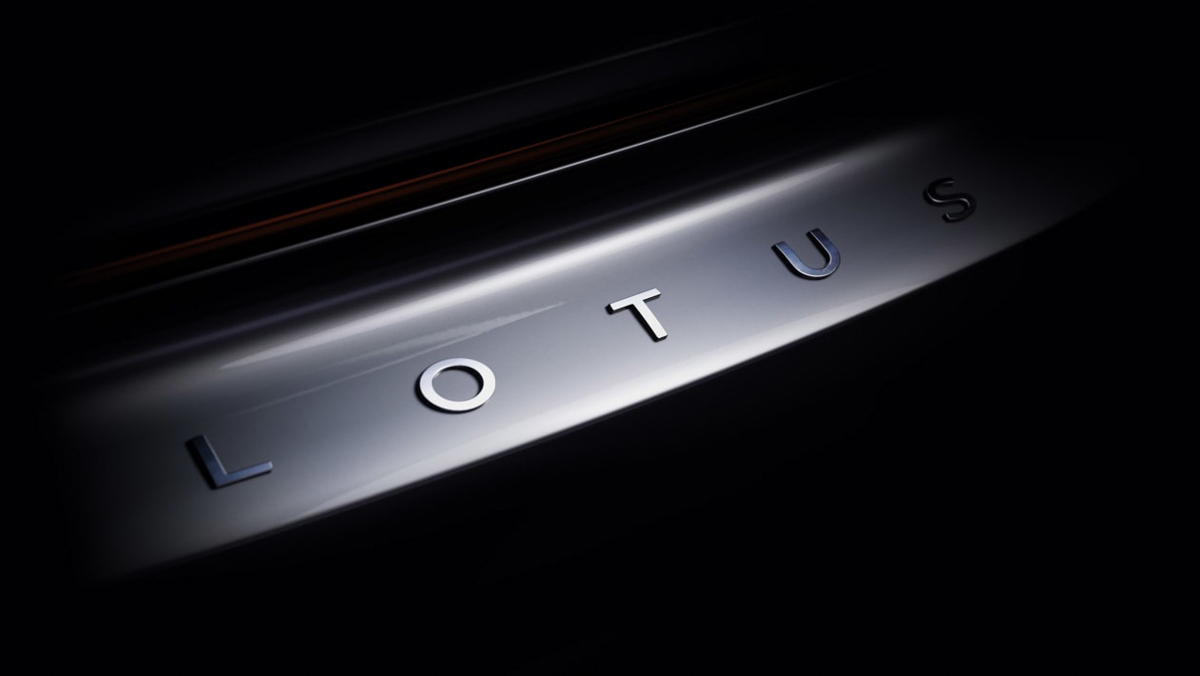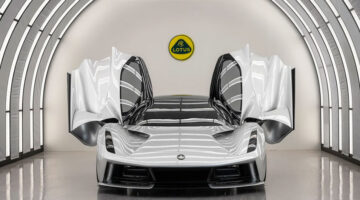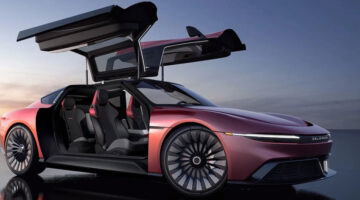Lotus’s EV future is firming up, with a new collaboration that previews its first battery sports car
Lotus has signed a memorandum of understanding with Britishvolt, a leading British battery supplier, to develop a new generation of battery cells for use in future sports cars.
The agreement will focus on three key areas of battery cell technology, specifically designed to suit their application in a low-mass sports car, including optimising its fast charging capability, increasing energy density and reducing overall weight.
These three areas of development are critical for their use in sports cars, for obvious reasons, but should also yield advancements in battery packs used across all markets. Yet this specific focus on high performance sports cars highlights the work that still needs to be done in battery development in order to be suitable for use in something with more dynamic focus.

Commenting on the brand’s electrified future, Managing Director of Lotus Cars Matt Windle said: ‘Lotus is delighted to be collaborating with Britishvolt to develop new battery cell technology to showcase the thrilling performance that a Lotus EV sports car can deliver. These are the first exciting steps on the journey towards an all-new electric sports car from Lotus, and yet another step towards the transformation towards sustainable, renewable electricity stored in batteries.’
While this new generation of batteries will be co-developed with a technical partner, the lead on its electric motors and inverters will remain in-house, developed between its Norfolk base and new Lotus Technology HQ in Wuhan, China.
Alongside the announcement, Lotus has revealed an initial graphic of the electric sports car that will feature the technology developed from this partnership. While we can gauge little from the image, its silhouette is a clear homage to high-tail sports cars from its back catalogue like the iconic 1966 Europa and 1974 Elite, pairing a cab-forward design with a high-back tail and defined haunches over all four wheels.
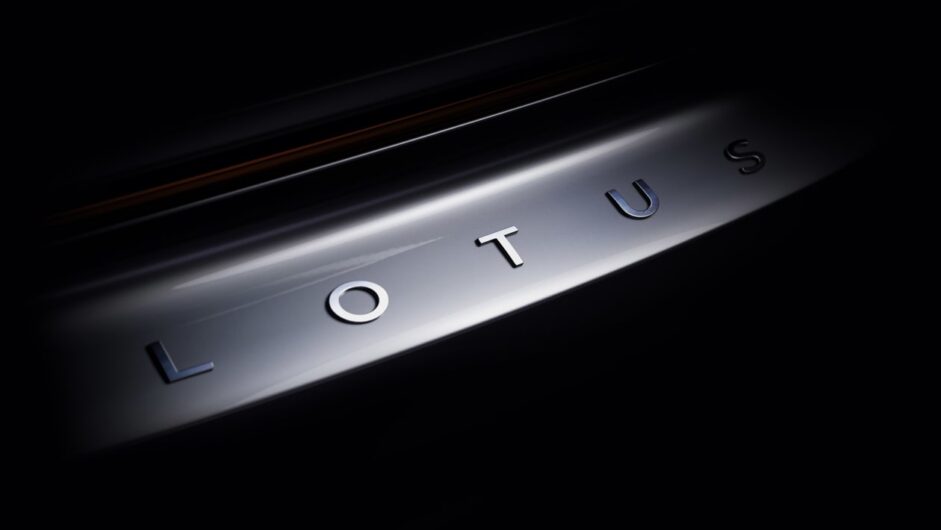
This sports model will be twinned in its development with an all-electric Alpine variant, and run on a bespoke E-Sport platform that has been designed specifically to allow engineers to mount the batteries in different positions to mimic the weight distribution of traditional mid-engined sports cars. This fundamental change in ideology will give manufacturers like Lotus and Alpine – already leaders in performance car engineering – a critical distinction against rivals adhering to the standard skateboard chassis layout being adhered to across most other manufacturers.
The new sports car will follow the Type 132 electric SUV Lotus will reveal later this year, as well as a four-door GT that will join the internal combustion-powered Emira in the range from the second half of this decade. This, plus a further EV model in the wings should create the strongest Lotus model line up in years, not underpinned by nostalgia or blind hope, but rock-solid financing and strong technical partnerships.
This article originally appeared at evo.co.uk
Copyright © evo UK, Autovia Publishing


